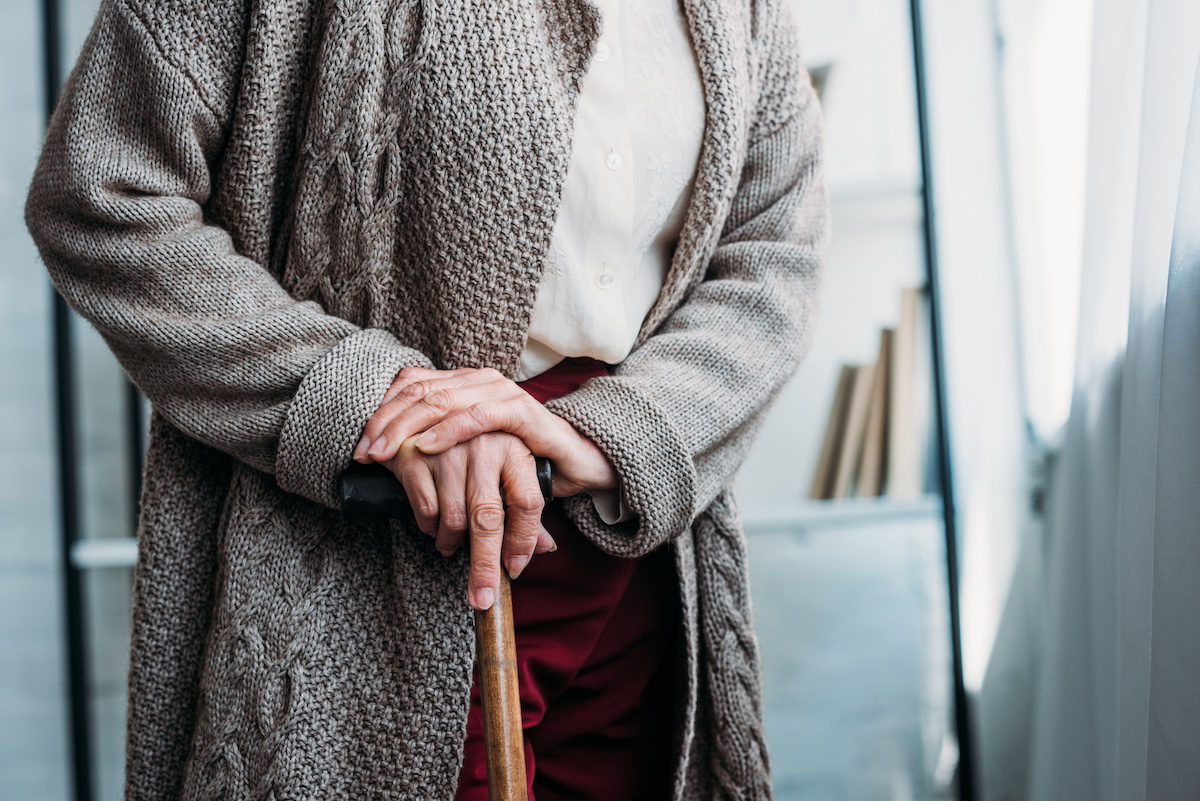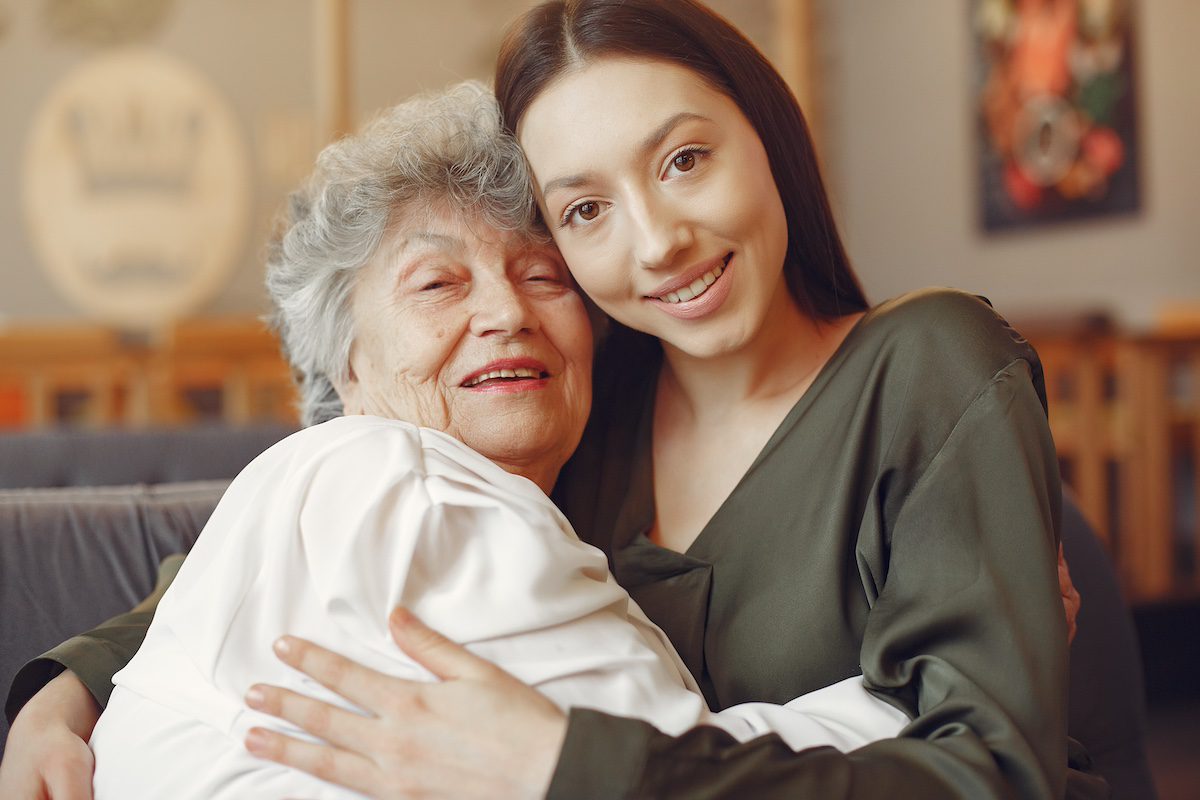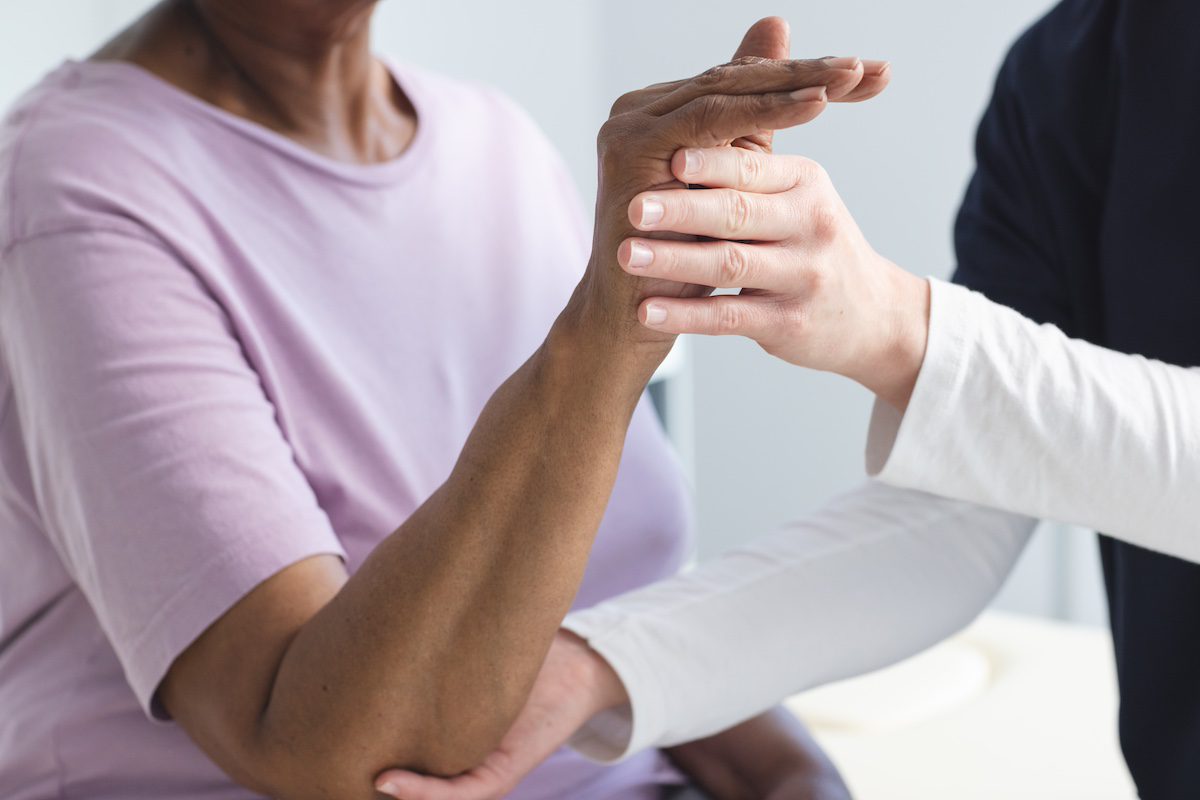Falls are a significant concern for seniors, often leading to serious injuries, loss of independence, and decreased quality of life. As people age, various factors such as muscle weakness, balance issues, vision problems, and environmental hazards increase the risk of falling.
However, many falls can be prevented by making simple changes to the living environment and adopting specific strategies to enhance mobility and stability. This blog post will explore practical home safety tips and fall prevention strategies to help seniors stay safe and remain independent.
Understanding the Risk Factors
Before diving into preventive measures, it’s crucial to understand the factors that contribute to falls in older adults. Some common risk factors include:
Muscle Weakness
Loss of muscle mass and strength can impair balance and stability, making it harder for seniors to move safely. Regular exercise and physical activity are essential to maintain muscle strength and coordination.
Poor Balance
Aging can affect the body’s ability to maintain balance, increasing the risk of falls. Balance issues may result from inner ear problems, neurological conditions, or simply aging.
Medication Side Effects
Certain medications can cause dizziness, drowsiness, or low blood pressure, all of which can contribute to falls. It’s important to review medications regularly with a healthcare provider to manage side effects and interactions.
Vision Problems
Age-related vision changes, such as reduced depth perception or peripheral vision, can increase the risk of tripping or falling. Regular eye exams and appropriate corrective measures are vital for maintaining good vision.
Home Hazards
Clutter, slippery floors, poor lighting, and uneven surfaces in the home can pose significant fall risks. Identifying and addressing these hazards can create a safer living environment for seniors.
Home Safety Tips
Creating a safe living environment is crucial for preventing falls in older adults. Here are some tips to make your home safer:
Remove Clutter
Keep pathways clear of clutter, including loose rugs, electrical cords, and furniture that obstruct movement. A tidy home reduces the chances of tripping over objects.
Improve Lighting
Ensure that all areas of your home are well-lit, especially stairways, hallways, and entrances. Consider installing nightlights to illuminate pathways at night and use brighter bulbs where necessary.
Install Grab Bars and Handrails
Place grab bars in bathrooms near toilets, showers, and bathtubs to provide support when getting in and out. Install handrails on both sides of staircases to assist with balance and stability.
Secure Carpets and Rugs
Use non-slip mats or double-sided tape to secure carpets and area rugs to the floor and prevent tripping. Avoid using rugs in high-traffic areas if they cannot be secured properly.
Organize Kitchen and Bathroom Items
Store commonly used items within easy reach to avoid the need for reaching or bending over excessively. This can prevent unnecessary strain and potential falls.
Use Assistive Devices
If necessary, use walking aids such as canes or walkers to provide additional support and stability. Consult with a healthcare provider to ensure that the devices are used correctly and appropriately.
Keep Emergency Contacts Handy
Ensure that emergency phone numbers are easily accessible in case of a fall or other medical emergency. Consider using a medical alert system that allows for immediate assistance if needed.
Fall Prevention Strategies
In addition to making the home safer, adopting specific strategies can help prevent falls and improve overall mobility and balance. Here are some effective fall prevention strategies:
Regular Exercise
Engaging in regular physical activity helps improve strength, balance, and flexibility. Activities such as walking, swimming, tai chi, and yoga are particularly beneficial for seniors. Strength training exercises, like lifting weights or resistance bands, can help build and maintain muscle mass, further enhancing stability.
Balance and Coordination Exercises
Participate in exercises specifically designed to enhance balance and coordination, such as heel-to-toe walking, standing on one leg, and using balance boards. These exercises can improve your ability to maintain stability and prevent falls.
Regular Health Check-Ups
Regular visits to healthcare providers can help monitor and manage health conditions that may contribute to falls, such as diabetes, heart disease, and arthritis. It’s also essential to review medications and ensure they do not have side effects that increase fall risk.
Proper Footwear
Wearing proper footwear with supportive, non-slip soles helps provide stability and reduce the risk of slipping or tripping. Avoid wearing high heels, flip-flops, or shoes with slick soles.
Vision and Hearing Tests
Regular eye exams and hearing tests can detect changes that may affect balance and coordination. Corrective lenses and hearing aids can help improve sensory input and reduce fall risk.
Adequate Nutrition and Hydration
Maintaining a balanced diet and staying hydrated are essential for overall health and well-being. Proper nutrition supports muscle function, bone health, and energy levels, while adequate hydration prevents dizziness and weakness.
Home Safety Assessments
Consider having a professional, such as an occupational therapist, conduct a home safety assessment. They can identify potential hazards and recommend modifications to improve safety.
Enhancing Mobility
Improving mobility is essential for maintaining independence and reducing the risk of falls. Here are some strategies to enhance mobility in older adults:
Engage in Physical Activity
Regular physical activity, such as walking, swimming, or tai chi, helps improve strength, balance, and flexibility, making everyday movements easier and reducing the likelihood of falls.
Balance and Coordination Exercises
Participating in specific exercises designed to enhance balance and coordination, such as heel-to-toe walking and standing on one leg, can further improve mobility and stability.
Regular Eye Exams
Regular eye exams to detect vision changes and address any issues that may affect balance are also essential. Proper vision correction can significantly reduce the risk of tripping or falling.
Proper Footwear
Wearing shoes with supportive, non-slip soles can provide stability and reduce the risk of slipping or tripping. Avoid wearing high heels or shoes with slick bottoms.
Incorporate Assistive Devices
Using walking aids like canes or walkers can provide additional support and stability. Consult with a healthcare provider to ensure that the devices are used correctly and appropriately.
Seek Professional Guidance
Consult with healthcare providers, such as physical therapists or occupational therapists, for personalized exercises and mobility training. These professionals can provide tailored advice and support to enhance mobility and reduce fall risk.
Final Thoughts
Preventing falls in seniors is crucial for maintaining independence, health, and quality of life. By understanding the risk factors, making the home environment safer, and adopting effective fall prevention strategies, seniors can significantly reduce their risk of falling.
Regular exercise, proper health management, and the use of assistive devices are key components in promoting stability and preventing falls. Taking proactive steps to prevent falls not only enhances safety but also supports seniors in leading active and fulfilling lives.







